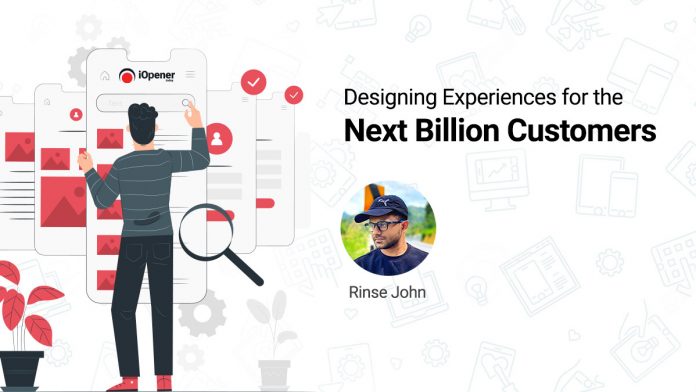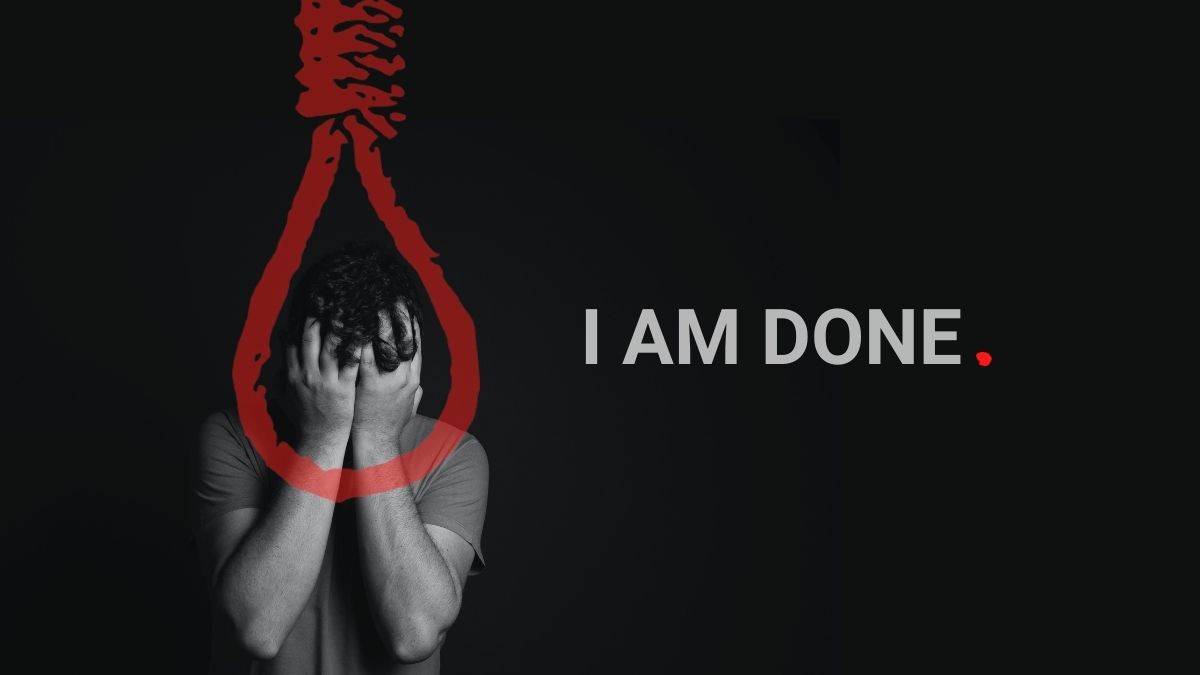As the fast-moving Digital Media landscape continues to shape our lives, what shapes the fortunes of apps, products, and websites is the user experience & user interfaces they provide. This is a space where science truly meets art, and can make or break the future of a product/service/app. Listen to Rinse John, UX Designer & Design Thinker, currently working with Amazon Fashion and shaping UI/UX for the world’s largest e-commerce audience.
- Can you briefly talk about your work & career?
I had an inclination to explore Photoshop when I was 13 & I was curious to know how things worked out. As a child, my aspiration was to be an entrepreneur and by 19, I was able to co-own a design agency in a challenging environment with struggles and rewarding projects. Although my background was primarily focused on Business Management & Marketing, I was passionate about Design & Photography. I joined Amazon as a Visual Designer in 2014 and eventually transitioned into Art Director role heading design experiences for programs like Amazon Prime, Prime Music, Prime Now, Prime Video, OnePlus. And by 2020, I transitioned as a UX Designer for Amazon India designing experiences for the next billion customers by transforming the way India buys & sells. It has been an incredible journey so far.
- What is the landscape of UI/UX in the current digital ecosystem?
The landscape of UI / UX is evolving and radically changing year on year. New UI & UX trends can be sometimes hard to predict. However, in order to build a meaningful relationship with your users, it’s important to incorporate storytelling into your designs and this is a great way to bring out positive emotions and understand your user’s psychology better. To be an exceptional designer, it is not just enough to understand how your users are reacting, but it also requires understanding – why? Emotional Design plays a pivotal role in a human being’s perception and integrating this into your designs will provide a favourable experience to the users.
- Personally, what do you think are the primary attributes that make a good UI/UX expert?
You’ve to always start with understanding your customers and work backwards to the technology. I follow this secret weapon of working backwards and it has transformed the way I work. Essentially, working backwards is defined by a focus on knowing your customer, deeply listening to your customers and their anecdotes and heavily investing decisions based on data & generating value insights, understanding your customer problem or needs, digging deeper into customer benefit and pushing your quality bar every time you design. These considerations will help a UI / UX Expert to create delightful experiences & solve specific and tangible problems.
- Do you think there is a lot of misconception & misunderstanding regarding UI/UX in the market today? If so, then why?
The term UI and UX are most often confused and conflated terms in the market. UI stands for User Interface which is the graphical layout of an application. It consists of text, buttons, images, micro-interaction, animations, and all items the user interacts with. This falls into the bucket of UI Designer who is going to create the look and feel of an interface. However, UX is determined by how easy or difficult it is to interface with the elements that UI designers have created. UX Designers are also in charge of determining how the interface behaves or operates and also undergoes a lot of iterative analysis. For both the disciplines to come together, Design Thinking is key. Thereby, it’s important for both disciplines to gather as much as information with human-centred methodologies that would assist each other and work in harmony.
- What is your biggest challenge with your clients and how do you overcome the same?
Increase in Cognitive or Feature overload is actually one of the major challenges faced across the digital industry today. There are endless features and apps being launched every day. However, with the increasing content, it becomes difficult for the user to process more notifications or more nudges and this stress can result in a bad user experience. However, using smart information architecture / site map and conducting research or user-testing will help provide more guidance and clarity, rather than creating redundant features.
- Is UI/UX an art form or more of a technological competence?
Even though UI/UX falls under the technical roles, the good news is that most UX Design roles do not require coding skills. Basic knowledge of HTML & CSS would be a competitive advantage. A UI/UX Designer needs to have a good balance of technical and soft skills. While it’s a technical role, a UX Designer will need to develop empathy, and be able to remove the ego and seriously see what the user needs and what they want by putting themselves in their shoes.
- What kind of educational background is required to excel as a UI/UX professional?
I’m a self-taught UX Designer with no educational background around UX. To be a UI/UX Professional, deeply empathising with your users, focusing on their needs and solving their problems is vital. If your aspiration is to be a self-taught designer, there are various forums like Interaction Design Foundation (IDF), UpGrad, Udemy, Skillshare which will help you with all the learning tools needed to excel and sharpen your skills. A design degree would be more beneficial if your core objective is to boost your brand value and also acquire creative thinking with exposure to diverse projects. Everything else, which includes your skillset, portfolio, networking, and learnings can be managed without a design education.
- What are some of the paradigm shifts that have taken place in the space of website/app design over the last few years?
User experience has gone far beyond just the User Interface (UI) and design teams need to embrace this shift in Robotics, Augmented Reality/Virtual Reality (AR/VR), Internet of Things. Interaction design was focused on heavy clicks; however, designers have begun to exploit these gestures with multi-touch interactions with various digital apps and products transitioning from two dimensional interfaces to spatial dimensions (E.g.: Instagram/Snapchat Filters or even placing a Furniture in your room in 3D). The shift in this trend is imminent. As a UX expert, the need of the hour is to combine these fragmented experiences into a unified and delightful UX.
- Is a mobile-first world more of a challenge for a UI/UX professional, or is it more of an opportunity?
While there are many digital interfaces serving different needs for different use cases, most businesses are biased towards creating experiences for mobile first as mobile internet usage has already surpassed desktop usage since 2016, while this approach also creates more convenience and provides more opportunities for businesses to expand.
However, as a UX Professional, what really matters is the interface you’re designing for as there are various multi-modal devices (Car Navigation/Stereo System, Television Interface, Airline Cockpit) that serve a wide range of customers too apart from just mobile experiences. It is imperative that the experience designed should be progressive & enjoyable by your users regardless of the platform.
- What keeps you driven & focused in this fast-changing UI/UX landscape?
A problem has no constant existence. It evolves fast, sometimes slowly, sometimes within a fraction of a second—depending on the nature of the forces that impact it. Being a UX Designer, I’m on a journey of continuous learning. The UX landscape is still new and constantly evolving and expanding. Since Covid-19, tech innovations have ramped up and revolutionised numerous sectors. User Experience, Augmented Reality and Virtual Reality have emerged as three pillars of innovative designing. Gone are the days where one-dimensional and uncomplicated designs used to work. Users are always looking for something different and that’s where I believe that immersive experiences play a vital role. No matter how many years of experience you have, regardless of the domain, there will always be something new that you can learn. There are a lot of things that I still don’t know, and I am still learning to be better at my craft. Therefore, I always ensure that by learning every day, I remove my impediments.












